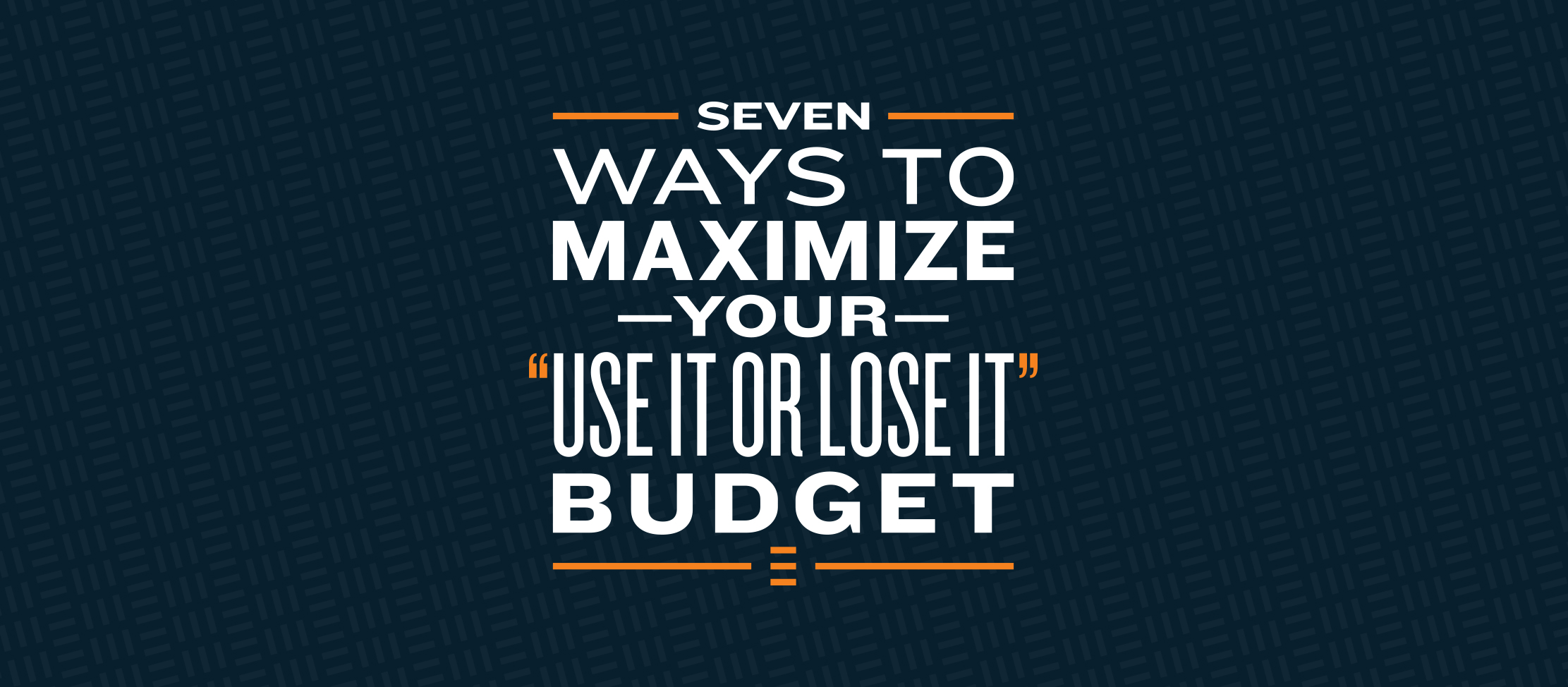If the last couple of years felt fast, 2026 might be even faster. The same technological shifts that have made planning feel uncertain can also be used to your advantage, if you set the right research and AI plan now. Here are some practical, budget-savvy ways to modernize your insights plans for 2026 without losing the human expertise that turns data into action.
Start with an agile research mindset
Volatility rewards teams that learn in short, focused cycles. Agile research lets you answer “what now?” and “what next?” continuously—concept/question > test/research > analyze/learn > iterate—so you’re constantly learning and adapting without over-committing to a single, larger project.
Pair that with a healthy balance of AI efficiency and human creativity, using automation to scale the work, not the strategy. Keep people in the loop to frame questions, interpret nuance, and shape the story.
Five priorities to include in your 2026 plan
1. AI-moderated interviews (AIMIs)
Why it matters: Get qualitative “why” answers at near-quantitative scale and cost by using AI-moderated interviews that include follow-up probing questions based on previous responses. These provide a great opportunity for projects that historically couldn’t justify a full qualitative research budget. Use AIMIs to quickly surface themes and direction; reserve classic 1:1 interviews or focus groups for high-stakes bets (product launches, major investments). By shifting discovery research to AIMIs, you free up budget for higher-stakes qualitative needs and post research activation.
Tip: Use a hybrid approach—AI to scale and summarize, humans to explore edge cases and develop final recommendations.
2. Social listening for brand health
Why it matters: With better AI tools and sentiment classification, social listening is becoming increasingly useful as passive research—real-world voice-of-customer that complements surveys. It’s also a smart component of setting brand-health baselines you can track over time. Industry leaders expect uncertainty to increase demand for timely insight; listening streams help you keep an active pulse and can often provide more open feedback than formal surveys on brand health. Consistent baselines let you tie content and CX changes to lifts in awareness and engagement, proving impact faster.
3. Personas that work and work for you
Why it matters: Build draft personas from previous research or existing data (CRM, web, support tickets, social listening). When budgets/time are tight, these “minimum viable personas” can help guide creative and media decisions. When you can, validate and enrich them with primary research. Then make them operational and gain additional returns on the research investment by creating AI agents trained on persona data for early-stage message testing and creative exploration. Clear, data-backed personas speed decisions across teams, shortening cycle times and concentrating focus on what resonates.
Level up design testing: Bring pre-tested attention insights to design and packaging comps by using AI eye-tracking predictors trained on real eye-tracking studies.
4. UX tracking → CX improvement
Why it matters: Your website or app is often the central component of customer experience. Session replays, heatmaps, form analytics, and funnels turn vague friction into concrete fixes and longer asset life (for example, identifying a confusing step in a user journey and simplifying it to reduce drop-off). Pair UX findings with CX initiatives (journey mapping, feedback programs) so fixes impact the broader customer experience. Incremental UX wins compound into higher lifetime value of digital assets and lower acquisition costs across channels.
5. Always-on research communities
Why it matters: Small, well-governed research communities can deliver continuous feedback, faster qual recruiting, and a pipeline of brand advocates. They mirror social media behaviors (UGC, micro-content), which boosts participation and authenticity. It can take some time to develop, but this approach can be successful in B2B categories where research panels are hard to build or expensive to access. An owned community, once established, cuts recruiting costs and shortens field time, so each learning comes faster and cheaper.
How to keep your AI-enabled research credible
- Data quality > data volume. AI can accelerate analysis, but bad data will lead to bad results. Establish strong data quality governance and measurement practices so AI enhances, and doesn’t distort, insights.
- Right-sized risk in B2B. Embrace AI in B2B research, but plan around known risks (sample fraud, over-automation, hallucinations) and keep humans in the loop and in charge of final decisions.
- Closed-loop insights. Build circular data flows so insights can improve strategy and creative, and where possible new initiatives can include returning new data (such as capturing customer feedback on a new website, or tracking ad campaign results). That’s how you move from reactive reporting to proactive decision-making driven by ongoing data capture and insights.
- Human experience brings it all together. Use AI to test, learn, and iterate in ways that weren’t possible even a couple of years ago, but keep humans in charge of final interpretations and narrative.
Want a 2026 insights plan tailored to your brand, budget, and category? Let’s build an agile AI-powered, research approach that can run and provide value quarter by quarter. Let’s get started.




